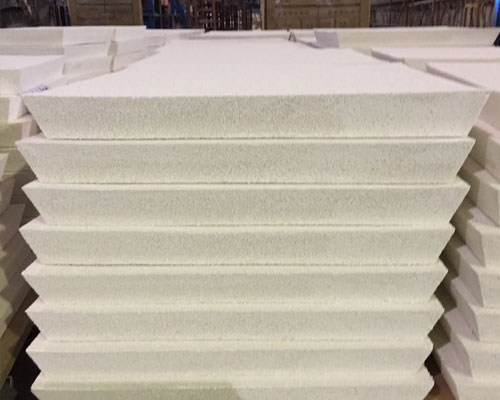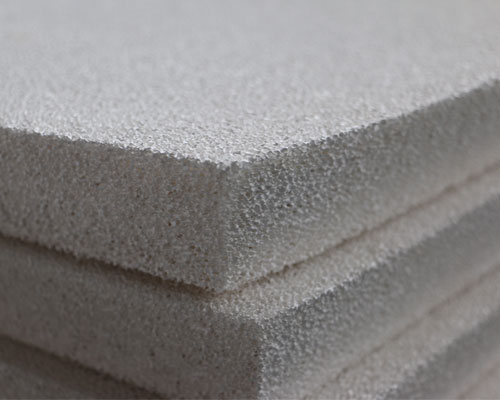Foundries ceramic foam filter uses high-quality foam and high-purity ceramics as raw materials, which can effectively remove the non-metallic solid mixture of molten aluminum and aluminum alloy flux in the aluminum casting industry. Uniform pore size, high porosity, correct sintering, high bending and compressive strength, and effective filtration.
Foundries ceramic foam filter is widely used in continuous casting, semi-continuous casting, gravity casting and low pressure casting aluminum flux filter equipment.
The pore size of the alumina ceramic foam filter ranges from 20 to 60 ppi, with different sizes and shapes.
30ppi 40ppi Foundry Filter is the most commonly used ceramic foam filter in the aluminum casting industry.
Ordinary aluminum casting usually uses 10-40ppi ceramic filter plates.
Aviation and high-quality aluminum materials usually use 30-60ppi ceramic filter plates.

Ceramic foam is a good example of a filter medium that is used as a depth filter from the beginning and as a cake filter at the end of its “service life”. The two-stage ceramic foam filter system uses two standard ceramic foam filters in series to provide higher filtration efficiency while retaining all the well-known advantages of the ordinary CFF system. These systems can be used in a variety of casting processes (slabs, extruded billets, continuous casting, continuous bar casting machines) and various final products (rigid and flexible packaging, automotive condenser tubes, copier drums and wire rods).
The impurities in the melt were identified as the main cause of product failure during production and use. Therefore, melt cleanliness becomes a measure of melt quality. The source of impurities can be traced back to bulk metal, various melt processing operations, and the interaction of molten metal with refractory materials and the environment. Especially trying to determine the source of dissolved elements.
In addition to refining methods such as degassing, flux, sedimentation and filtration, the focus is on the possibility of removing dissolved elements. However, melt cleaning procedures, especially fluxes, are a potential source of impurities.

